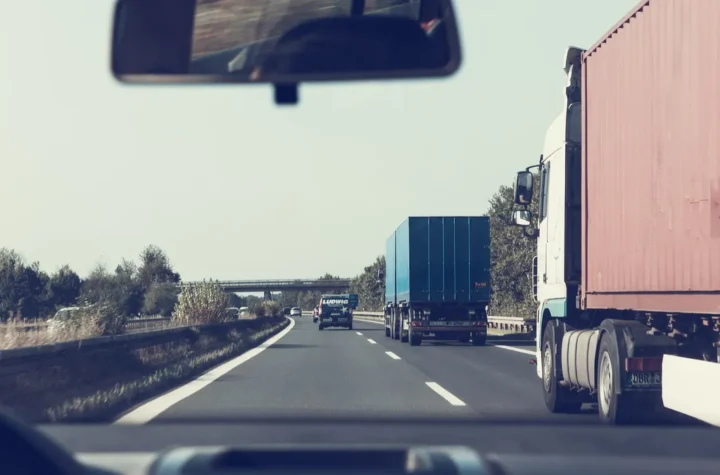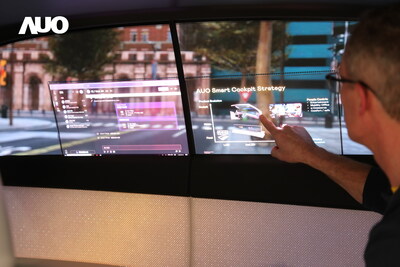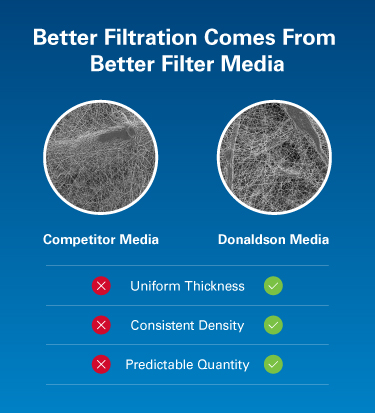
Globalisation has the potential to fuel ever increasing transportation growth from cheap production zones around the world to areas that command high demand at premium prices.
All companies involved in transportation have a significant environment responsibility to their shareholders, clients and the public. Prevailing legislation aims to reduce the net cost of clean energy to the point where it is the only option. While that legislation is still coalescing and clarifying, it is already true that the reputational cost of less clean energy is potentially significant and the brand value to a clean energy user may be very high. Logistics companies as heavy energy users need to be transforming now to be able comply with coming legislation, save money and assure their reputation.
The logistics industry can do a lot to reduce its energy consumption. While some measures are simple to implement, core processes, systems and approaches need to come under scrutiny to see if they can meet increasingly challenging environmental and cost requirements.
Efficient Route Planning
Automotive logistics moves large volumes of potentially heavy parts, in complex packaging, over long distances. For large fleets of vehicles, small savings on route distance have the potential to translate to significant overall cost savings.
Static routes should be examined to see if they offer the most fuel efficient approach while still meeting commercial constraints on orders. Actual vehicle telemetry should be collected and analysed to see if routes are meeting their planned fuel expectations. Routes should be modified accordingly. Over time, detailed empirical knowledge will allow accurate cost predictions for new routes.
Maximum Moving Utilization – Full Loads
Light loads can waste vast amounts of fuel. Energy price volatility and long term growth means firms must examine the efficiency of their road and air routes. In 2008, Business Week reported (http://www.businessweek.com/managing/content/jun2008/ca20080611_101915.htm) that against a background of spiking fuel prices and reduced demand, DHL in the US had been forced to tie up with UPS who were able to operate much more efficiently and at much higher utilization.
Even with fuel costs in more sensible realms today, the likelihood of further volatility and possible super-spikes still remains. The Financial Times (http://blogs.ft.com/energy-source/2009/10/06/deutsche-the-end-is-nigh-for-the-age-of-oil/ ) in an interpretation of Deutsche Bank’s Paul Sankey suggests price volatility in the medium term in a build up to another super-spike which albeit could be one of the last as the world moves to other sources of energy.
Maximizing utilization is a potentially very difficult problem to solve. Logistics companies need to look hard at how they manage and plan orders. Moving to more real time demand management will allow orders to be processed more quickly, using less overall capacity. Achieving real time order processing is potentially very challenging as it requires large volumes of orders, positions and load levels to be monitored and modified very quickly.
Efficient Reverse Logistics
Automotive parts can come in complex packages that need to be returned to the parts manufacturers. When route planning, efficient reverse routing should be catered for so that packaging can be dropped off and a truck can end up where it needs to be.
Efficient Transportation
Modern trucks and aircraft may, if efficiently loaded and utilised be able to offer significant fuel savings. Low utilized routes with limited profitability may become significant problems when fuel prices spike. Providers should consider reducing service levels on such routes. Companies like DHL, UPS and FedEx suffered in 2008 when fuel prices hit record levels. Having the right available of fuel efficient transportation is paramount to meeting cost and legislative demands.
In 2009, Network Rail showed a saving of £4m in fuel costs on a fleet of 8500 vehicles (http://www.energysavingtrust.org.uk/business/Global-Data/Publications/Network-Rail-case-study). Translate that up to the fleet sizes carried by large logistics firms and it’s easy to see the potential gains of operating fuel efficient vehicles.
Regional Development Agencies are also sponsoring innovation. SEEDA sponsored (http://www.qinetiq.com/home/case_studies/other_case_studies/regional_initiative.html ) a project for Qinetiq who in turn work with SME’s to develop lighter aircraft parts which will lead to reduced fuel requirements.
Maximum Warehouse Utilization
Underused warehouses mean wasted heat and/or cooling costs. Warehouses that are fully utilized should deploy efficient, renewable heating, considering technologies like ground source heat pumps or even co-generation (combined heat and power). The government is offering significant incentives to companies utilizing renewable heat; http://www.decc.gov.uk/en/content/cms/consultations/rhi/rhi.aspx
Refrigeration
Cooling uses fuel and generates exhausts. Large warehouse sites that have heating, power and cooling requirements should consider tri-generation (Combined Cooling Heat and Power, aka CCHP) as a very fuel efficient, lower emission strategy. GE claim (http://www.ge-energy.com/prod_serv/products/recip_engines/en/downloads/as_trigen_feb08.pdf) technology that can utilise 80% of the thermal output of co-generation (heat and power) to drive refrigeration down to (-60oC) with minimal CFC output.
Greening the Data Centre
Logistics companies typically operate significant amounts of technology which can demand significant amounts of energy. Major savings in money and carbon output can be achieved by housing IT equipment in eco-Data Centres that utilise the latest energy efficiency techniques. In particular, data centre space buyers should be looking for combined cooling, heat and power, natural air cooling, computational fluid dynamic analysis, at least rack level temperature monitoring and high levels of virtualization to ensure minimized demand in the first place.














More Stories
Automotive Industries Top Auto Shipping Companies, Ranked
Port of Koper – Adding value at Mediterranean port gateway
HERE Technologies using real-time mapping and local knowledge to manage the supply chain